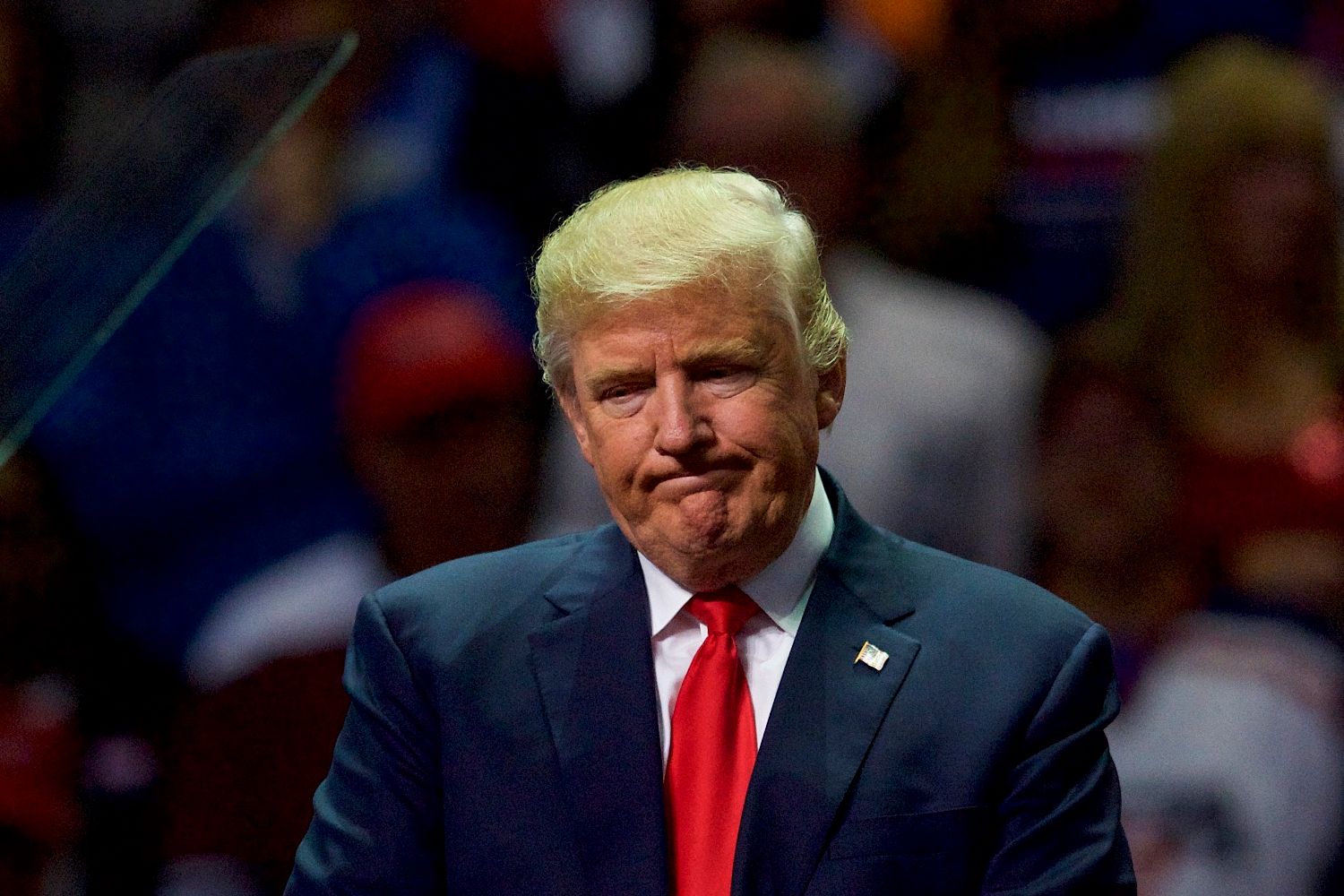US activist Saba Capital has failed in its attempt to overthrow the board of Herald investment trust, dealing the first blow in its campaign against seven UK-listed closed-ended companies.
The majority of shareholders in Herald voted on Wednesday against the US hedge fund’s proposal to replace the trust’s board and install its own candidates, which could have paved the way for Saba to become investment manager.
More than 65 per cent of votes cast were against Saba’s plans, according to an announcement to the market by Herald. Aside from Saba’s vote in favour, which accounted for nearly 35 per cent, a further 0.15 per cent were in support.
Andrew Joy, chair of Herald Investment Trust, said the result represented “a clear, complete and incontrovertible rebuttal of Saba’s attempt to take control of your company and change its strategy against the wishes and interests of its non-Saba shareholders”.
Joy said shareholders invested in Herald because they wanted to back smaller technology companies over the long term, noting that “they do not wish to be deprived of the opportunity to enjoy more of the same” and “did not invest in Herald to become part of a short-term trading strategy”.
Saba, which is led by activist investor Boaz Weinstein, last month called for shareholder meetings at seven London-listed investment trusts, claiming that their respective boards had not held the managers to account over poor performance.
The campaign marks one of the biggest-ever shake-ups of the UK’s 150-year-old investment trust industry, which manages £266bn.
Saba’s defeat against Herald’s board comes just a day after the hedge fund agreed to halt its activist battle against 50 BlackRock funds in exchange for a tender offer at two of them.
A large portion of Herald’s shareholders are institutional investors such as wealth managers, with individuals accounting for less than a fifth of the register.
But the investment trust industry has warned that individual investors, who account for a bigger proportion of the other six trusts’ shareholder base, are less engaged with voting than institutions.
Jonathan Simpson-Dent, chair of Edinburgh Worldwide, another trust targeted by Saba, said “this is just the first battle in a war against seven trusts” and warned that “shareholders cannot be complacent”.
The UK’s financial regulator has contacted investment platforms to ensure retail investors are aware of the upcoming votes.
Saba’s stakes in each of the trusts range from about 19 to 29 per cent and amount to a total of £1.5bn.
Saba said in a statement that it “remains committed to putting shareholders’ interests first, delivering returns for U.K. trust investors and ultimately rehabilitating this broken sector.”
It added: “We urge shareholders of the six other trusts at which we have requisitioned general meetings to support Saba’s resolutions in order to set these trusts on the path to meaningful value creation.”


































You must be logged in to post a comment Login